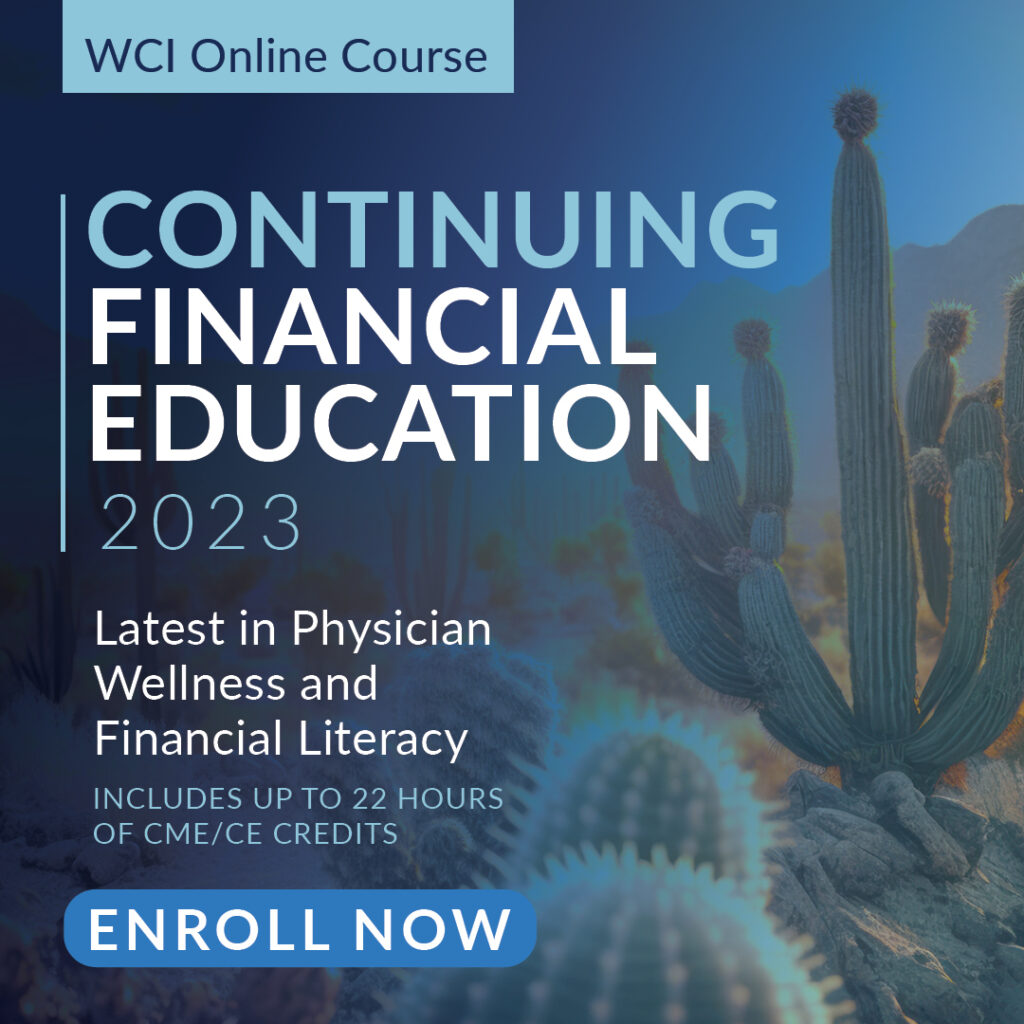Some interesting passages and food for thought from Just Keep Buying: Proven Ways to Save Money and Build Your Wealth by Nick Maggiulli (a personal finance book with much more data behind its analysis than average for the genre).
On saving:
And one of the most common financial stressors is whether someone is saving enough. As Northwestern Mutual noted in their 2018 Planning & Progress Study, 48% of U.S. adults experienced “high” or “moderate” levels of anxiety around their level of savings. The data is clear that people are worried about how much they save. Unfortunately, the stress around not saving enough seems to be more harmful than the act itself. As researchers at the Brookings Institute confirmed after analyzing Gallup data, “The negative effects of stress outweigh the positive effects of income or health in general.” This implies that saving more is only beneficial if you can do it in a stress-free way. Otherwise, you will likely do yourself more harm than good.
That’s a counterintuitive claim: stressing about not saving enough does more harm than not saving enough.
On spending:
Researchers at the University of Cambridge found that individuals who made purchases that better fit their psychological profile reported higher levels of life satisfaction than those who didn’t. Additionally, this effect was stronger than the effect of an individual’s total income on their reported happiness.
For example, it has been well documented that people get more happiness buying experiences over material goods. However, what if this is only true for a subset of the population (e.g., extroverts)? If so, then we may be generating spending advice based on the 60%–75% of people who are extroverts to the dismay of introverts around the world.
I suspect Maggiulli is right to point this out. Just like scientists get annoyed when news media take a small experiment or a mild trend in the data and throw up a big bold headline, the idea that all humans benefit from the same things in the same sorts of ways doesn’t pass intuitive muster. For many people, I suspect there are probably plenty of high-impact ways to spend on some things and dumb ways to buy experiences.
On valuing an educational/career investment:
The proper way to find the current value of these future earnings is to discount this payment stream by 4% per year. However, there is a simpler way to approximate this—divide the increase in lifetime earnings by two. This will be roughly equivalent to a 40-year payment stream discount by 4% per year. I prefer this shortcut because you can now do the math in your head. Therefore, a $800,000 increase in lifetime earnings over 40 years is worth about $400,000 today.
Value of Degree Today = (Increased Lifetime Earnings/2) – Lost Earnings While things like taxes and other variables can affect this calculation, it’s still a simple way to check whether a degree is worth the cost.
Food for calculus when considering not just expensive degrees but also lengthy medical training or an additional fellowship.
On the health impact of debt:
For example, research published in the Journal of Economic Psychology found that British households with higher levels of outstanding credit card debt were “significantly less likely to report complete psychological well-being.” However, no such association was found when examining households with mortgage debt. Researchers at Ohio State echoed these findings when they reported that payday loans, credit cards, and loans from family and friends caused the most stress, while mortgage debt caused the least. On the physical health front, a study in Social Science & Medicine found that high financial debt relative to assets among American households was associated with “higher perceived stress and depression, worse self-reported general health, and higher diastolic blood pressure.” This was true even after controlling for socioeconomic status, common health indicators, and other demographic factors.
What makes buying a home even easier is if you can afford it. This means being able to provide 20% as a down payment and keeping your debt-to-income ratio below 43%. I chose 43% because that is the maximum debt-to-income ratio you can have for your mortgage to be considered qualified (i.e., lower risk). As a reminder, the debt-to-income ratio is defined as: Debt-to-Income Ratio = Monthly Debt / Monthly Income
Part of what makes mortgage debt less impactful to mental health is presumably the fact that mortgages feel universal and almost no one you are likely to know (at least early in your professional career) has the money to buy a house with cash.
Nonetheless, I suspect I will have a measurable well-being boost when mine is gone.
On why to invest:
In essence, by investing your money you are rebuilding yourself as a financial asset equivalent that can provide you with income once you are no longer employed. So, after you stop working your 9 to 5, your money can keep working for you. Of all the reasons why someone should invest, this might be the most compelling and also the most ignored. This concept helps explain why some professional athletes can make millions of dollars a year and still end up bankrupt. They didn’t convert their human capital to financial capital quickly enough to sustain their lifestyle once they left professional sports. When you make the bulk of your lifetime earnings in four to six years, saving and investing is even more important than it is for the typical worker.
Fund the life you need before you risk it for the life you want.
The conversion of human capital to financial capital is an excellent way of looking at/arguing for investing.
On being realistic about wealth:
For example, research in The Review of Economics and Statistics illustrates that most households in the upper half of the income spectrum don’t realize how good they have it…households above the 50th percentile in income tend to underestimate how well they are doing relative to others…even households at the 90th percentile and above in actual income believe that they are in the 60th–80th percentile range.
For example, you would need a net worth of $11.1 million to be in the top 1% of U.S. households in 2019. However, after controlling for age and educational attainment, the top 1% varies from as little as $341,000 to as much as $30.5 million. For example, to be in the top 1% of households under 35 that are also high school dropouts you would only need $341,000. However, to be in the top 1% of college educated households aged 65–74 years, you would need $30.5 million.
It’s incredibly easy to find some Joneses to keep up with.
On green grass:
But why does happiness start to decline in the late 20s? Because, as people age, their lives usually fail to meet their high expectations. As Rauch states in The Happiness Curve: “Young people consistently overestimate their future life satisfaction. They make a whopping forecasting error, as nonrandom as it could be—as if you lived in Seattle and expected sunshine every day…Young adults in their twenties overestimate their future life satisfaction by about 10 percent on average. Over time, however, excessive optimism diminishes…People are not becoming depressed. They are becoming, well, realistic.”
Part of the curse of medical training is to coincide with this natural stage of disillusionment.


